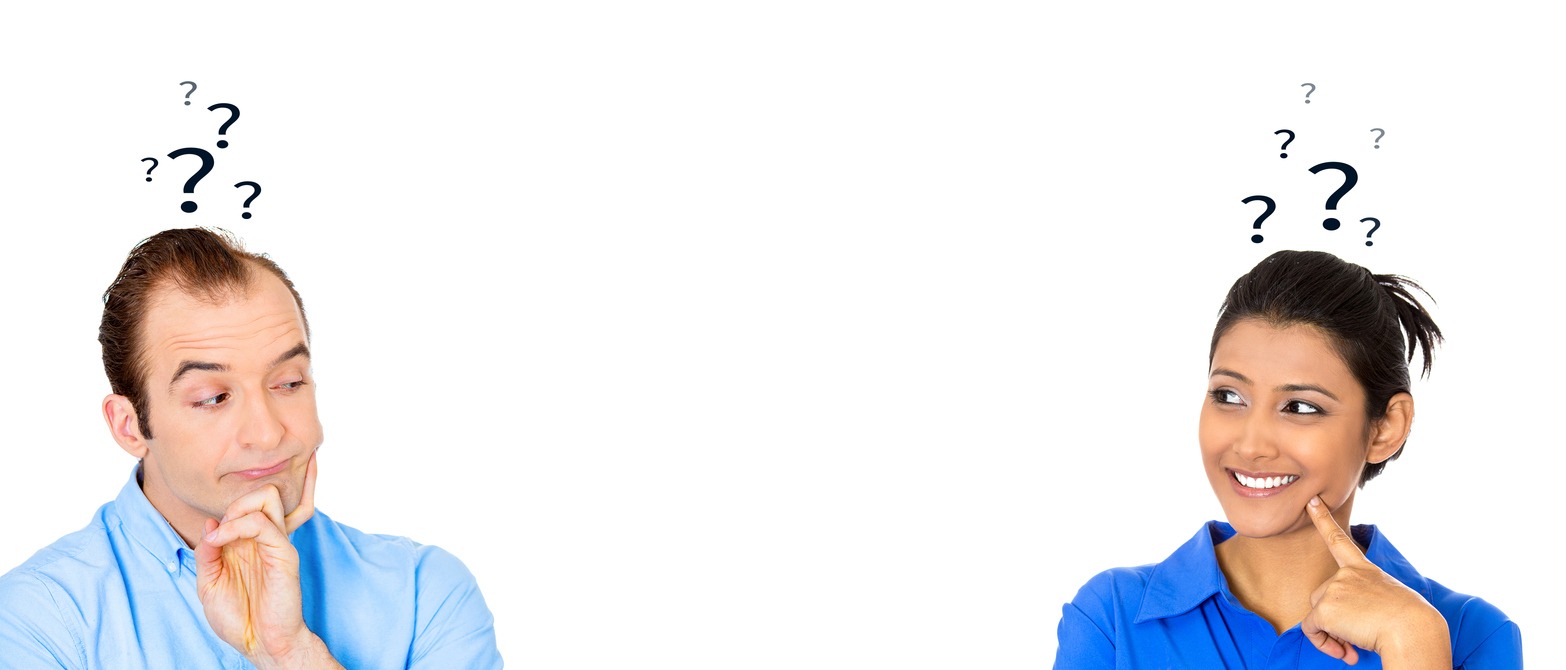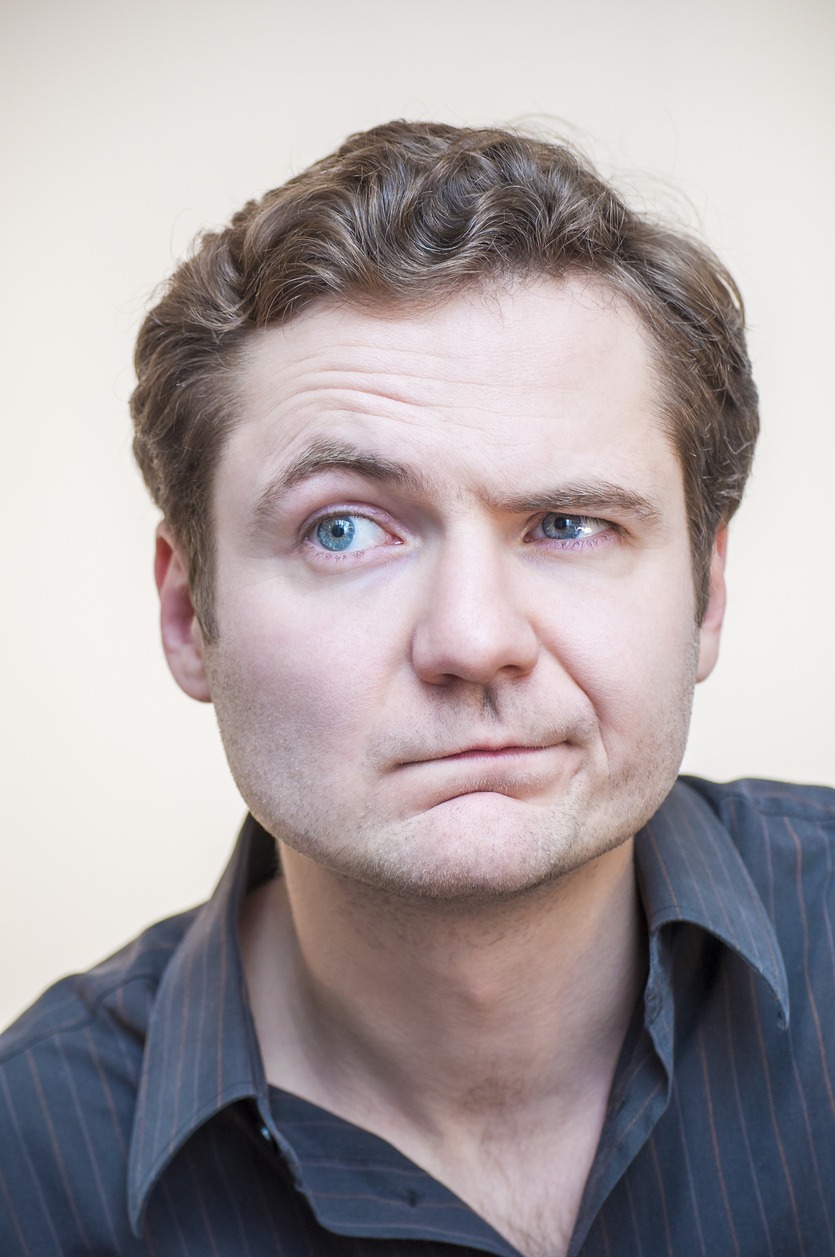Communication is a fundamental part of human interaction. It’s how we connect, share information, and express ourselves. While words play a significant role in communication, there’s a hidden language that often speaks louder than words.
Nonverbal communication is a captivating facet of human interaction, frequently overlooked. It encompasses everything from body language to clothing choices and plays a significant role in how we understand and interpret each other’s thoughts and feelings. We call these unspoken signals “body language,” and they’re responsible for more than half (around 60% to 65%) of everything we convey to others.
In this article we’re going to dig into body language a bit more. We’ll show you how to understand it better and use that knowledge to connect with people in a more effective way.
The Power of Nonverbal Communication
When you’re having a conversation with a friend, and they suddenly lower their head and avoid eye contact while talking about a recent achievement. What does this body language convey?
Understanding these hidden messages is a game-changer. When you can “read” someone’s body language, you get what they’re really saying, even when they don’t say it outright. Plus, you become more aware of how people react to what you say and do. That’s powerful! You can even tweak your own body language to come across as more friendly and easy to approach.
Nonverbal communication includes all the ways we express ourselves without using words. It encompasses gestures, facial expressions, posture, and even eye contact. Here’s why it matters:
1. Beyond Words
While words convey explicit meanings, nonverbal cues can reveal underlying emotions and intentions. Understanding these cues can help us grasp the full picture of a conversation.
2. Universal Language
Many nonverbal signals are universal. A smile, for instance, is recognized as a sign of happiness in most cultures. This universality makes nonverbal communication a powerful tool for cross-cultural interactions.
3. Enhanced Listening
Paying attention to body language and facial expressions can make you a more attentive and empathetic listener. It allows you to pick up on unspoken concerns or feelings.
Reading Facial Expressions
Facial expressions are one of the most accessible forms of nonverbal communication. They provide valuable insights into a person’s emotional state. Here are some common facial expressions and what they signify:
- Happy: A genuine smile with raised cheeks and crinkled eyes signals happiness. It’s a positive expression that indicates contentment or joy.
- Sad: Downturned lips and furrowed brows indicate sadness or distress. Pay attention to these cues if someone seems upset.
- Angry: A furrowed brow, narrowed eyes, and a tightened jaw signify anger. It’s a warning sign that someone might be irritated or upset.
- Surprised: Wide-open eyes and a dropped jaw suggest surprise or shock. This expression indicates that something unexpected has happened.
- Disgusted: A wrinkled nose and raised upper lip indicate disgust or aversion. It’s a clear sign of something unpleasant.
- Fearful: Wide eyes, raised eyebrows, and a slightly open mouth convey fear or apprehension. This expression suggests feeling threatened.
Understanding Facial Cues
1. Eyes: Our eyes say a lot about our thoughts and emotions. When chatting with someone, watch for these eye signals:
- Direct Eye Contact: Looking into your eyes shows they’re interested and focused. But be mindful, too much can be intense.
- Averted Gaze: If they often look away, they might be distracted or uneasy.
- Blinking: Notice how often they blink. Rapid blinking might mean they’re uneasy, while infrequent blinking could signal control. Dilated pupils can show interest.
2. Mouth: Paying attention to mouth movements is key to reading body language. Here are some mouth cues:
- Pursed Lips: Tight lips can mean distaste, disapproval, or distrust.
- Lip Biting: Biting lips can show worry or stress.
- Covering the Mouth: Sometimes people hide their emotions by covering their mouths.
- Mouth Curvature: Small changes in the mouth’s shape can reveal happiness, sadness, or disapproval.
3. Gestures: Gestures are clear signals in body language, but their meanings can differ by culture:
- Clenched Fist: Can signal anger or solidarity.
- Thumbs Up/Down: Express approval or disapproval.
- “Okay” Gesture: Means “okay” or “all right,” but it varies by culture.
- V Sign: Represents peace or victory in some places but can be offensive differently.
4. Arms and Legs: Even the positioning of arms and legs can reveal emotions:
- Crossed Arms: Often means defensiveness.
- Standing with Hands on Hips: Suggests readiness or control.
- Clasping Hands Behind Back: Can indicate boredom, anxiety, or anger.
- Rapid Finger Tapping: Shows boredom, impatience, or frustration.
5. Posture: How someone holds themselves reveals feelings and personality traits:
- Open Posture: Signals friendliness, openness, and willingness.
- Closed Posture: Suggests hostility, unfriendliness, or anxiety.
6. Personal Space: The space between people during interactions matters and varies:
- Intimate Distance: 6 to 18 inches suggests closeness.
- Personal Distance: 1.5 to 4 feet is typical for family and close friends.
- Social Distance: 4 to 12 feet suits acquaintances.
- Public Distance: 12 to 25 feet is common for public speaking.
Positive Body Language
Positive body language helps convey friendliness and openness. It can foster trust and rapport in various social and professional settings. Here are some tips:
- Smile: A warm smile is universally inviting and shows that you are approachable and friendly.
- Eye Contact: Maintaining appropriate eye contact demonstrates attentiveness and interest in the conversation.
- Open Posture: Stand or sit with an open posture—uncrossed arms and legs—to show that you are receptive to communication.
- Mirroring: Subtly mimic the other person’s body language to create a sense of connection and empathy.
- Nodding: Gently nodding your head while someone speaks indicates that you are actively listening and understanding.
Negative Body Language
Negative body language can convey discomfort, defensiveness, or disinterest. Avoid these cues to maintain positive interactions:
- Crossed Arms: Crossing your arms can signal defensiveness or resistance. Keep your arms relaxed by your side.
- Avoiding Eye Contact: Avoiding eye contact can make you appear untrustworthy or disinterested. Make an effort to maintain appropriate eye contact.
- Fidgeting: Excessive fidgeting or restlessness can convey nervousness or impatience. Try to stay still and composed.
- Checking the Time: Constantly looking at your watch or phone implies that you are eager to end the conversation.
- Invading Personal Space: Respect personal boundaries by maintaining an appropriate distance during interactions.
Conclusion
Understanding body language and facial expressions is a valuable skill that can improve your communication and relationships. By paying attention to these nonverbal cues, you can better connect with others, express empathy, and avoid misunderstandings. Remember that while words may tell you what someone is saying, their body and face often reveal what they truly mean.






